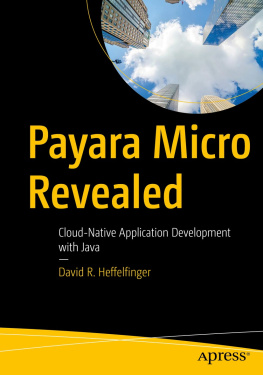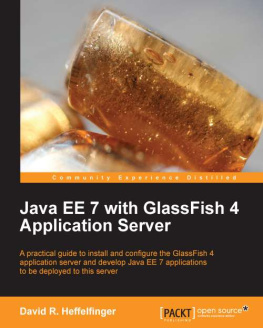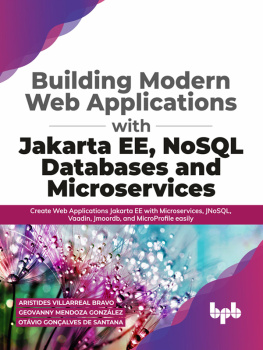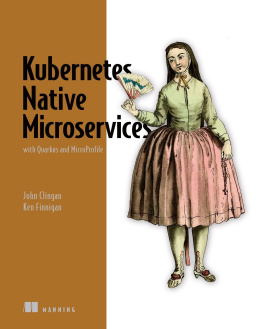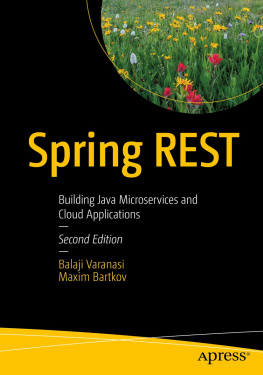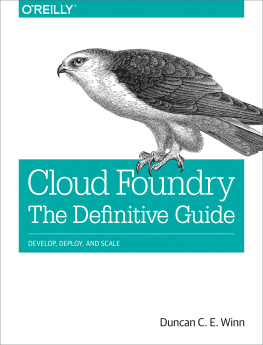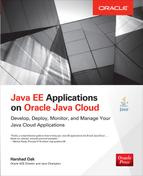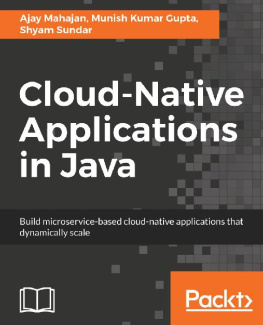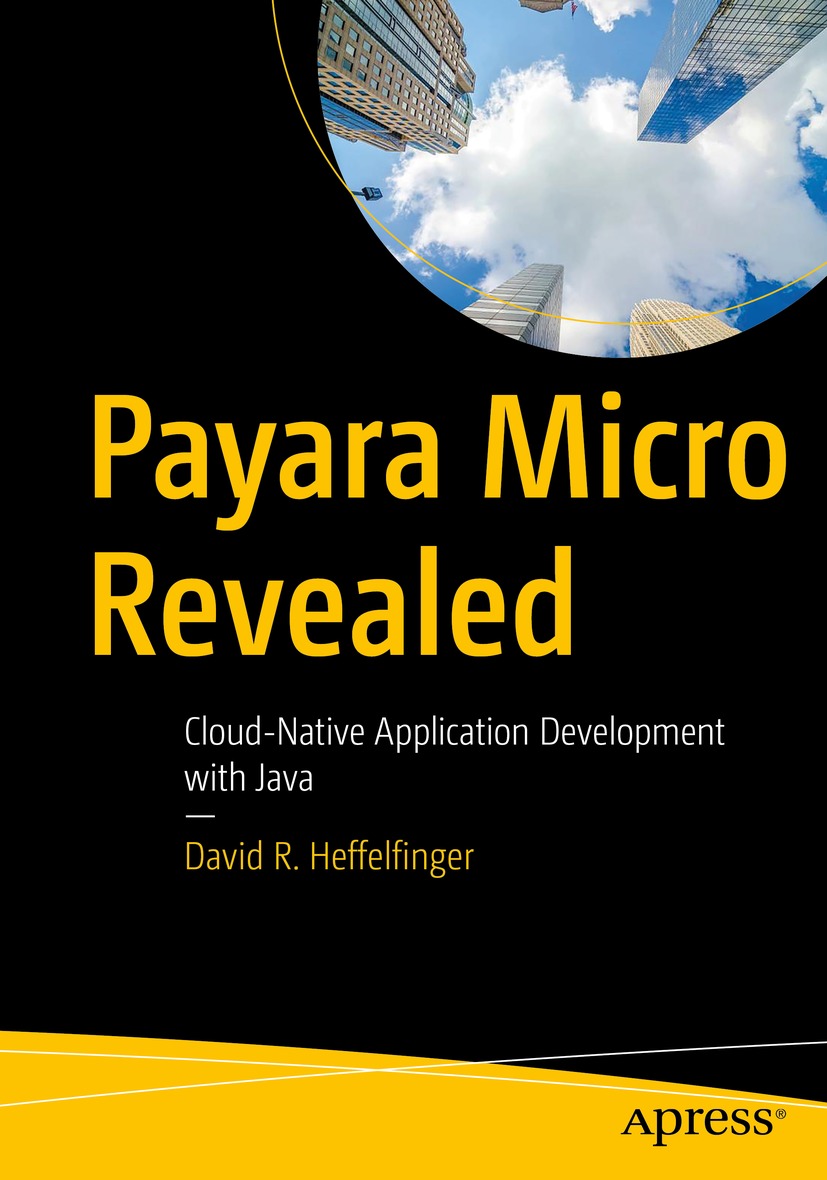David R. Heffelfinger - Payara Micro Revealed: Cloud-Native Application Development with Java
Here you can read online David R. Heffelfinger - Payara Micro Revealed: Cloud-Native Application Development with Java full text of the book (entire story) in english for free. Download pdf and epub, get meaning, cover and reviews about this ebook. year: 2022, publisher: Apress, genre: Computer. Description of the work, (preface) as well as reviews are available. Best literature library LitArk.com created for fans of good reading and offers a wide selection of genres:
Romance novel
Science fiction
Adventure
Detective
Science
History
Home and family
Prose
Art
Politics
Computer
Non-fiction
Religion
Business
Children
Humor
Choose a favorite category and find really read worthwhile books. Enjoy immersion in the world of imagination, feel the emotions of the characters or learn something new for yourself, make an fascinating discovery.
- Book:Payara Micro Revealed: Cloud-Native Application Development with Java
- Author:
- Publisher:Apress
- Genre:
- Year:2022
- Rating:3 / 5
- Favourites:Add to favourites
- Your mark:
Payara Micro Revealed: Cloud-Native Application Development with Java: summary, description and annotation
We offer to read an annotation, description, summary or preface (depends on what the author of the book "Payara Micro Revealed: Cloud-Native Application Development with Java" wrote himself). If you haven't found the necessary information about the book — write in the comments, we will try to find it.
The book begins by showing how to develop microservices using RESTful web services, followed by how to create microservice clients using MicroProfile and the REST client API. Dependency Injection via Jakarta Context and Dependency Injection (CDI) is also covered. Various approaches to application configuration are covered as well, including property files, environment variables, and system properties. You will learn to configure fault tolerance and high availability, generate system and custom application metrics, and generate health checks to automatically improve overall application health. You will know how to trace the flow of a request across service boundaries with OpenTracing. You will be able to make future maintenance easily through generating documentation, including how to automatically update documentation as your code is updated. Additionally, you will learn how to secure cloud applications and to automatically cluster applications and improve application startup performance.
What You Will Learn
- Develop microservices using standard Java APIs
- Implement cloud functionality such as request tracing and health checks
- Deploy applications as thin archives and as uber archives
- Configure applications via Maven and Gradle
- Generate custom metrics for capacity planning and proactive discovery of issues
- Implement features in support of high availability and fault tolerance
- Secure your applications with Jason Web Tokens
- Take advantage of Payaras own cloud platform for easy deployment
Who This Book Is For
Java developers who wish to develop cloud-native applications and microservices, and Java EE application developers who wish to transition to developing cloud-native applications that are lightweight and easily deployed
David R. Heffelfinger: author's other books
Who wrote Payara Micro Revealed: Cloud-Native Application Development with Java? Find out the surname, the name of the author of the book and a list of all author's works by series.

